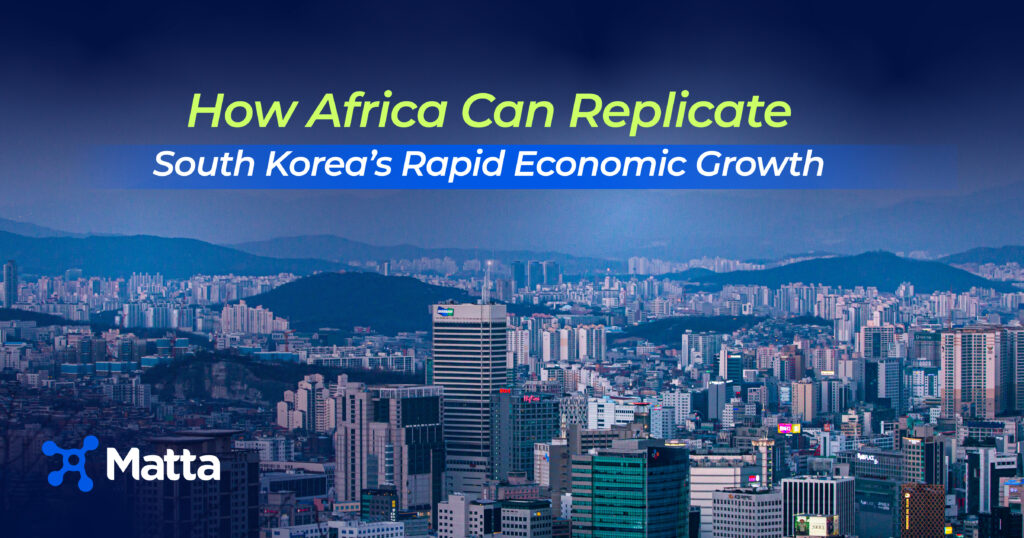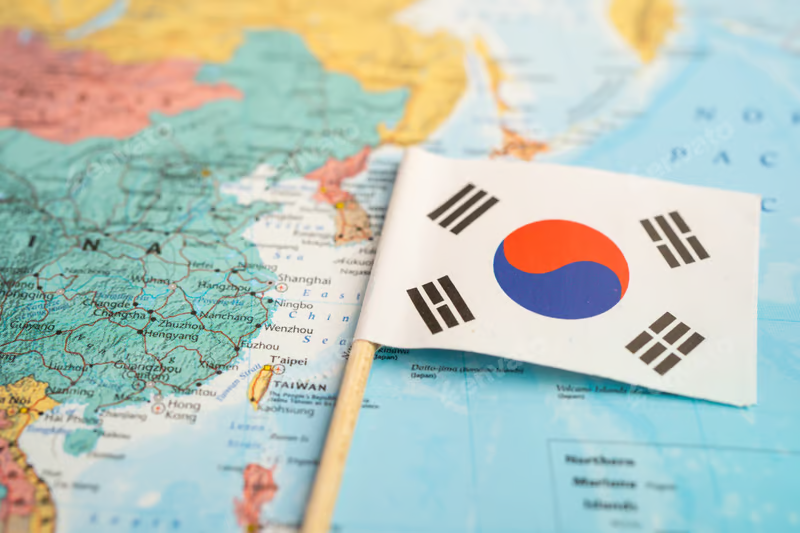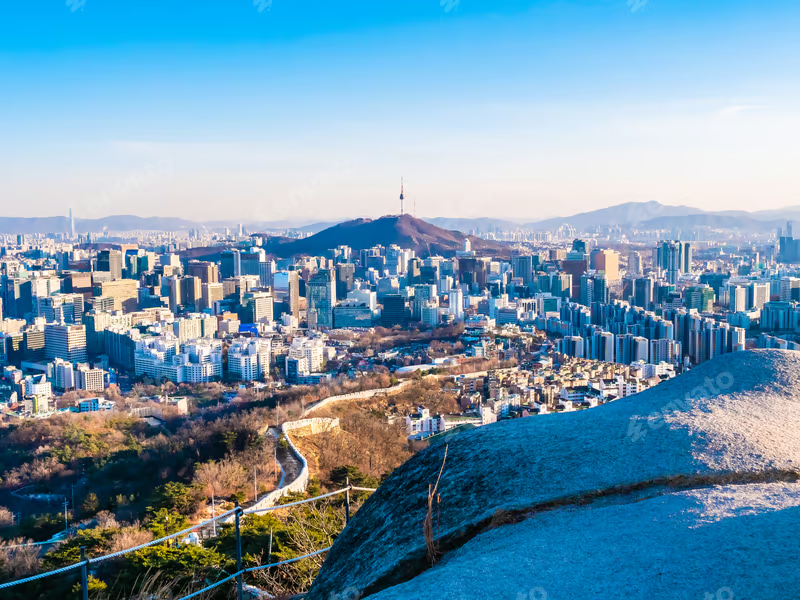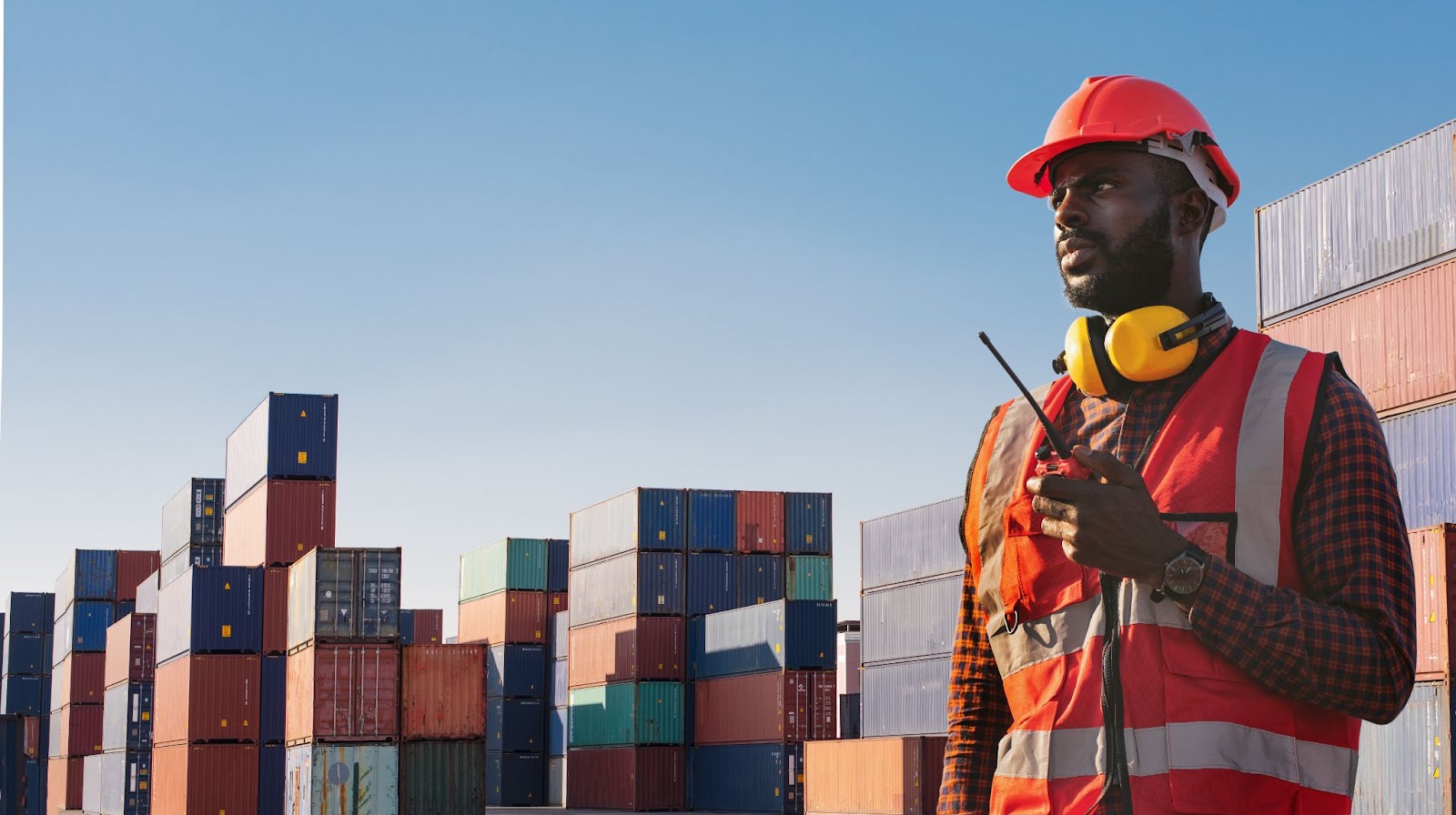5 Lessons from the “Miracle of the Han River”

After the Korean War in 1953, south Korea was devasted, poor, and reliant on foreign aid. However, in one of the most remarkable cases of rapid economic growth in recent decades, South Korea- a country that was poorer than Kenya, Niger, and Pakistan in the 1950s- emerged as the 7th Largest exporting country in the world In 2010.
Tagged “the miracle of the Han River”, South Korea’s meteoric rise in global trade holds many important lessons for African nations.
This article provides a deep dive into the strategies used by South Korea in the 1950s and how Africa can mirror those changes in its development.

Understanding South Korea’s Economic Miracle
In June 2024, the inaugural edition of the Korea-Africa summit was held in Seoul. This event- and the impending partnerships- are ways African leaders sought to learn from Korea’s remarkable economic transformation. In his speech at the event, the President of the African Development Bank, Adesina Akinwunmi, acknowledged Korea’s impressive economic transformation between the 1960s and 1990s.
While touted as a ‘miracle’- perhaps resulting from the speed at which the country advanced- Korea’s transformation from a war-raved nation to a global industrial powerhouse is a testament to strategic foresight and disciplined execution.
To better understand the scale of growth, South Korea’s Gross National Income grew from $120 in 1962 to $25,650 in 2012. This represents a 21,275% growth within 50 years.
The country’s economy went from agrarian to practising export-led light manufacturing to becoming an export-led heavy manufacturing powerhouse.
LEARN WITH MATTA: The Miracle on the Han River refers to South Korea’s extraordinary economic transformation from the 1960s to the 1990s, evolving from one of the world’s poorest nations into a high-tech industrial powerhouse.

How did South Korea achieve its economic transformation?
In 1962, the South Korean government implemented an export-oriented development strategy. With this strategy, the government gradually shifted from light industrial products to focus on heavy chemical industries. Subsequently, they strategically pivoted to high-tech sectors such as semiconductors, mobile phones, and automobiles.
Now, the country is home to globally dominant and highly competitive corporations. For context, Samsung, LG, and Hyundai comprise about 30% of the Korean GDP and exports. The corporatisation of the Korean economy bulked it up and enabled it to compete globally. This wouldn’t have been possible if they focused on micro industries.
Now, let’s dive deeper to understand the policy changes that led to the “Miracle of the Han River.”
LEARN WITH MATTA: The Han River, about 514 km long, is the fourth longest river in the Korean peninsula. This river flows through Seoul, merges with the Imjin River, and flows into the Yellow Sea.

KEY LESSONS FOR AFRICA
Most of South Korea’s success was driven by an integrated policy framework. Some of these policies include;
Lesson one: Export-led growth
One of the profound things that Korea did was aggressively pursue global export markets—this transformation from a modest domestic economy into a significant trading hub.
Lesson two: Government-led intervention
The state played a significant role in identifying strategic sectors and channelling investment into them. They also created frameworks and policies to foster government-business partnerships. Similarly, African governments can provide targeted support to drive industrial expansion.
Lesson three: Institutional and Regulatory Frameworks
Robust financial institutions, legal reforms, and consumer protection laws provided the stability needed to build investor confidence. Africa must create, maintain, update, and strictly implement regulatory frameworks.
Lesson four: Infrastructural development
Reliable infrastructure- including transportation, energy, and communication networks- go a long way in fueling industrialisation. African countries must invest massively in infrastructural development to better our economies significantly.
Lesson five: Export-led growth strategies
To unlock Africa’s economic potential, we must prioritise value addition and move beyond raw materials export. This is a great way to leverage global markets and boost our economies.

ROUNDING UP
Although Africa’s economic landscape is unique, compelling parallels with South Korea’s historical journey can serve as blueprints for the future growth of African countries.
However, each country must customise its approach based on local economic conditions, cultural factors, and resource availability.
In an era of rapid global change, innovative solutions like Matta are emerging as essential partners for African manufacturers and business owners. By leveraging cutting-edge technology, forward-thinking strategies, and comprehensive support systems, Matta is ideally positioned to drive Africa’s next phase of economic transformation.
As African leaders, policymakers, and industry stakeholders look toward the future, the blueprint is clear: with strategic planning, committed investment in human and institutional capital, and a culture of innovation, Africa can not only replicate South Korea’s rapid growth but also set new benchmarks for sustainable development.
